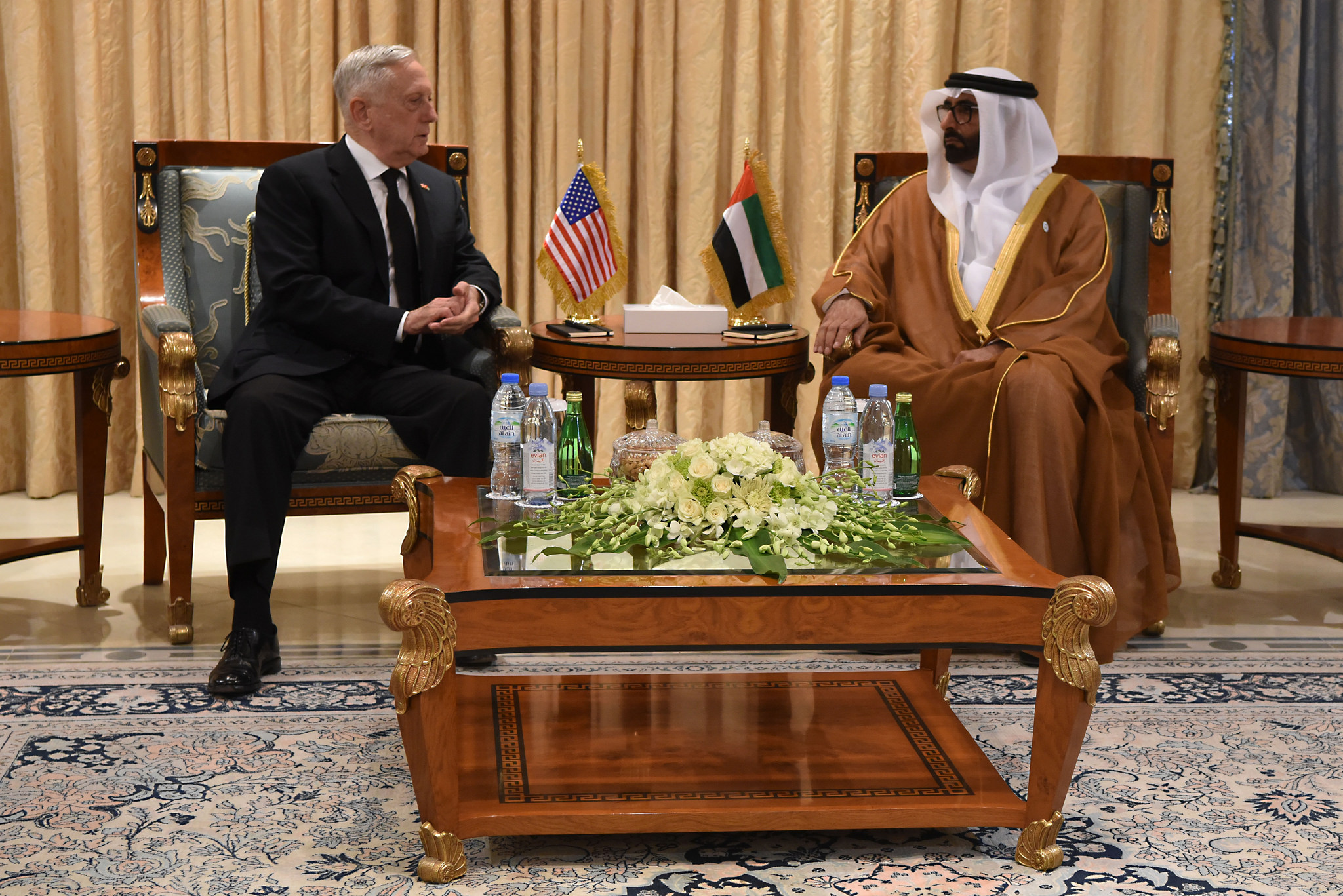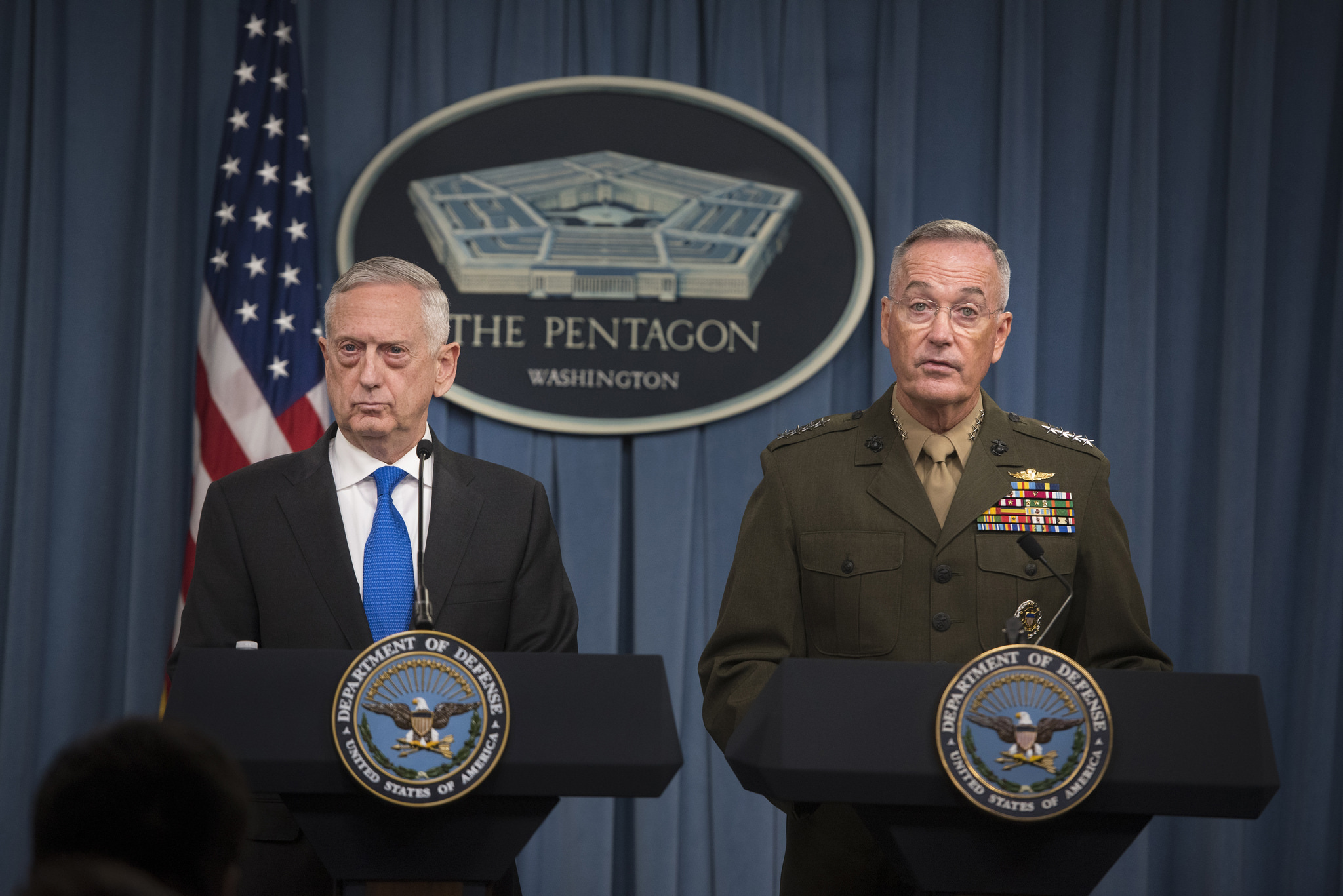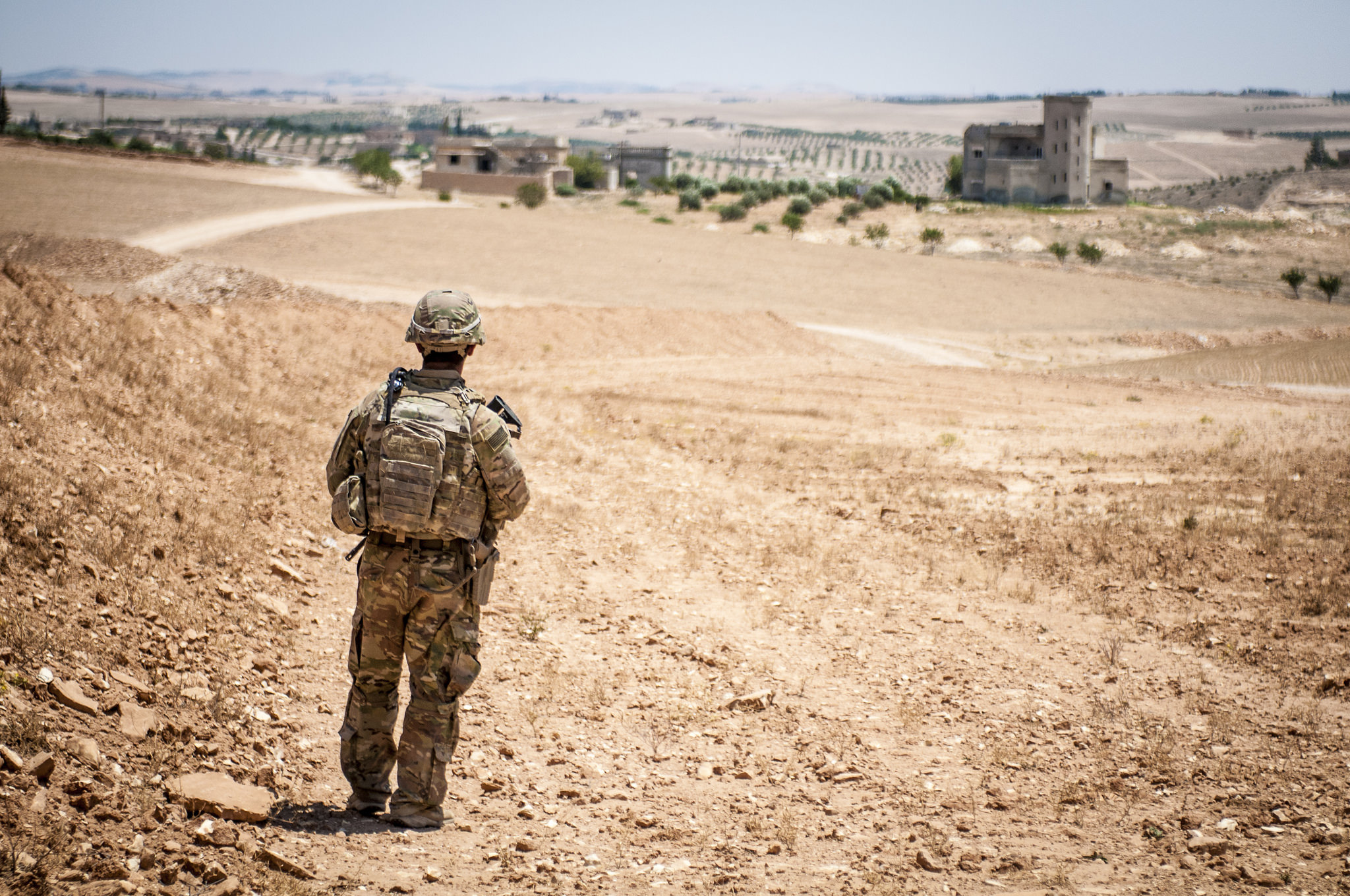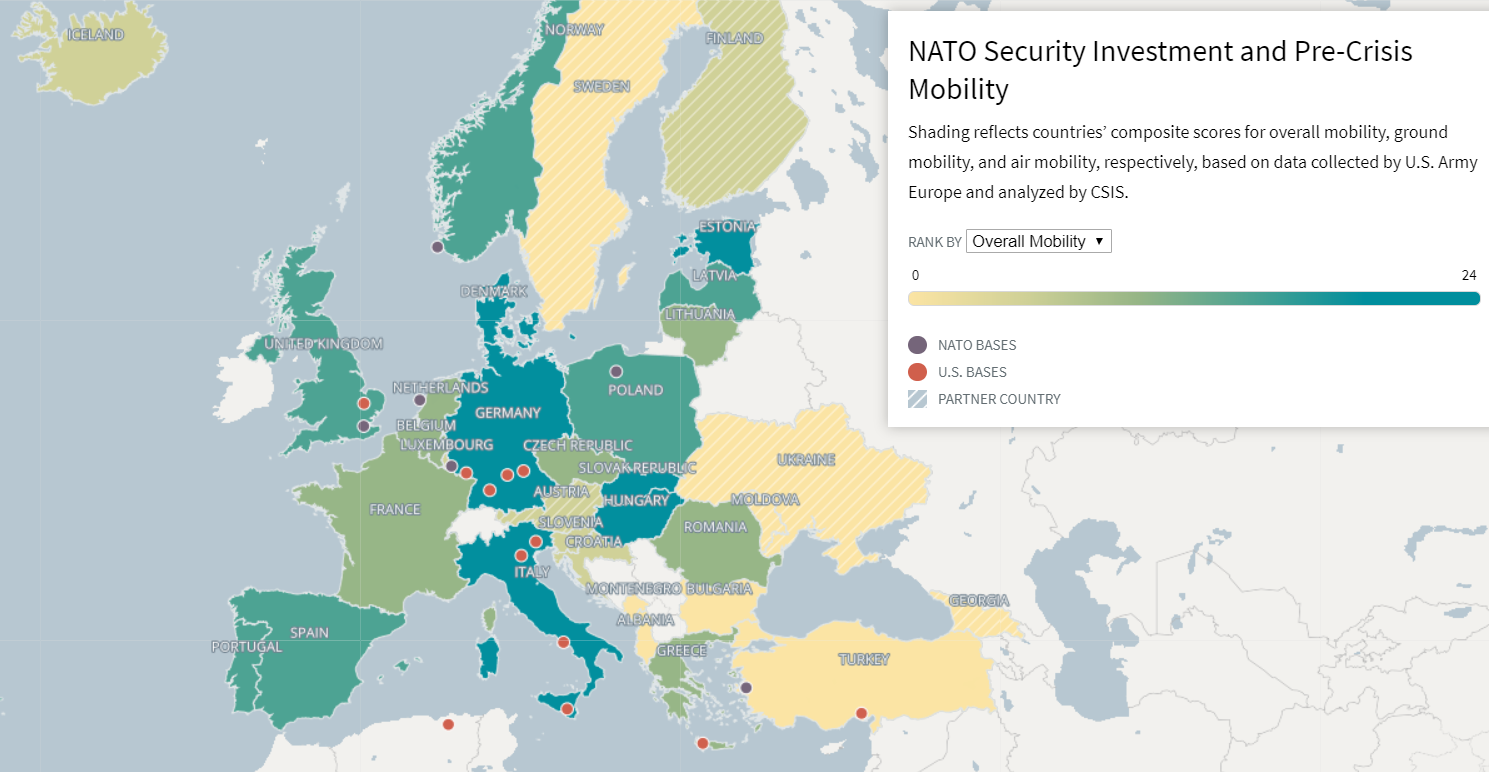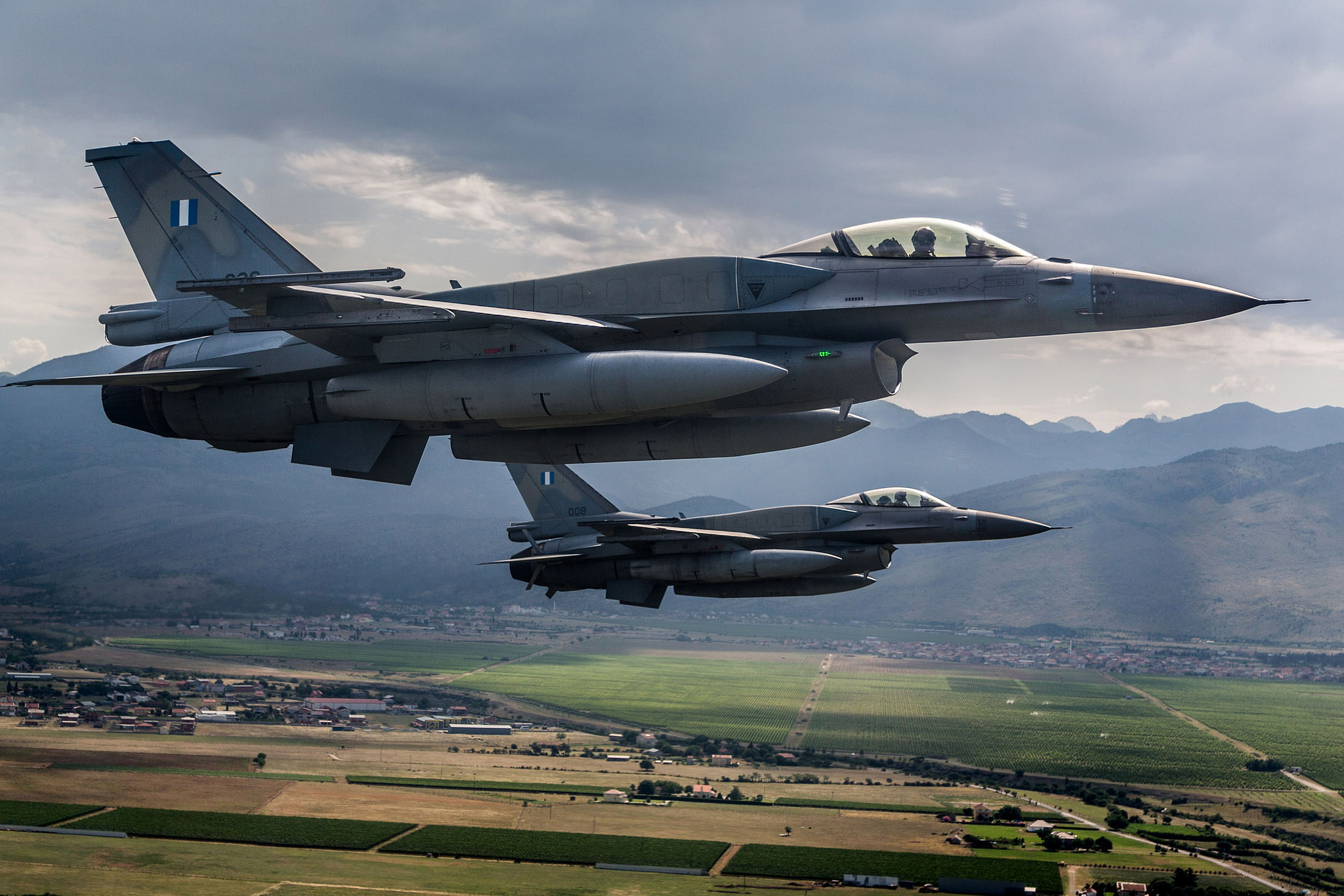Security Cooperation as a National Defense Strategy Tool
The 2018 National Defense Strategy elevated security cooperation in stressing the importance of “Strengthening alliances and attracting new partners.” This has typically been an area of strength for the United States in ensuring U.S. superiority in an era of strategic competition. However, countervailing priorities in the current U.S. administration challenge this formulation.

